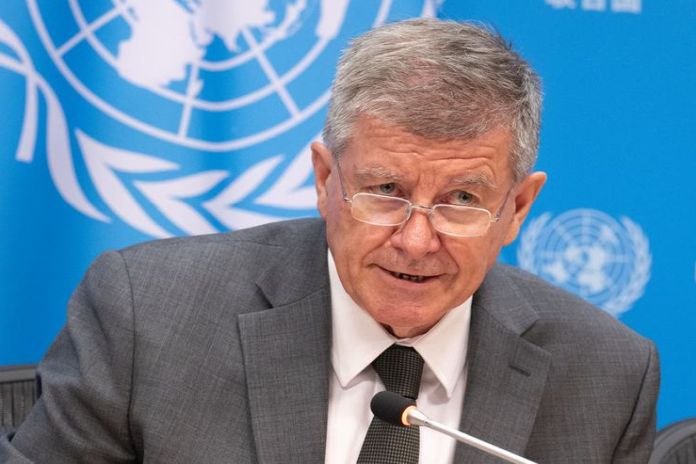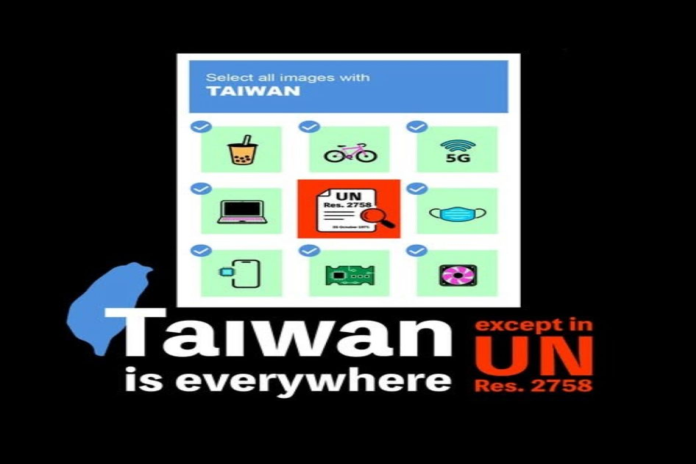NEW YORK, USA – Negotiations continue ahead of the Summit of the Future at UN headquarters this month, where world leaders will enhance cooperation to tackle critical challenges facing the international community and address gaps in global governance.
Among the issues under discussion are accelerating sustainable development and reforming decades-old institutions, including the UN Security Council and the international financial system.
On Wednesday the under secretary-general for policy and UN lead for the Summit, Guy Ryder, briefed journalists on the “very ambitious agenda” for the conference.
A more ‘networked’ multilateralism
“The idea of the Summit is to render the United Nations, the multilateral system, more effective in the fulfillment of its mandate; to make it more participatory, more networked. This, in the face of the very clear global challenges that we face,” he said. “The fact that the world has changed and is changing rapidly, and the reality that many of our governance structures date back to the creation of the United Nations when it had 51 Member States instead of the 193 Member States who will be gathering at the Summit itself.”

Interest mounting
Over 130 heads of state and government are expected to attend the landmark event, which will be held from 22 to 23 September, just ahead of the annual high-level debate in the UN General Assembly.
It will be preceded by two “action days”, where non-governmental organizations (NGOs), academics and private sector representatives will engage on the main themes. So far, over 7,000 people have registered to participate.
The Summit is expected to adopt a Pact for the Future, with a Global Digital Compact and Declaration on Future Generations annexed to it.
Future vision
Ryder gave an overview of the Pact, which he called “the mother document.”
It will contain five chapters covering sustainable development and related financing; peace and security; science, technology and innovation; youth and future generations, and transformation of global governance.
The chapter on science, technology and innovation “is where the annex on the Global Digital Compact comes into play,” he said. “The objective of the Global Digital Compact is to make technology work for humanity equitably,” he explained, highlighting the need for action to close digital divides and create systems to govern artificial intelligence (AI), among other goals.
Meanwhile, the Declaration on Future Generations aims to ensure that decisions made today take into full account the needs and interests of tomorrow.
Confidence and consensus
“The ambitions for this Summit have always been high,” said Ryder, adding that with 10 days to go, UN Member States are working hard to reach the necessary consensus on the three outcome documents. We need consensus for adoption, but I think there is good reason to be confident that the successful conclusion of these negotiations will produce the Pact with two annexes that will truly make a difference,” he said.
“This is something which is not only worth having. It is something that we need to secure for the future.”





